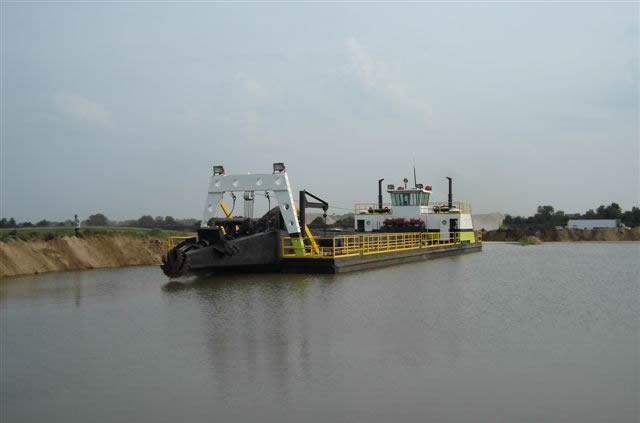 It’s in the pipeline! Sometimes that phrase can describe difficulty with a clogged drain. It’s also uttered when someone is asked about the progress of a certain project or activity. But, as it relates to mechanical engineering and design, we here at TMS are experts at getting just about any material into the pipeline and through the production process. In part one of our two-part discussion on mechanical design, we’ll detail process piping. In part two, we’ll discuss how it’s all connected.
It’s in the pipeline! Sometimes that phrase can describe difficulty with a clogged drain. It’s also uttered when someone is asked about the progress of a certain project or activity. But, as it relates to mechanical engineering and design, we here at TMS are experts at getting just about any material into the pipeline and through the production process. In part one of our two-part discussion on mechanical design, we’ll detail process piping. In part two, we’ll discuss how it’s all connected.
What is Process Piping?
Process piping is simply the tubing used to convey raw materials through industrial and manufacturing production processes. Compressed air, water, chemicals – even soft drinks, beer and chocolate – must all start somewhere in a plant or factory and weave along a path to an ultimate deliverable destination. One of the first questions we ask is, “What are you piping?”
You see, the type of pipe used often depends on the material being shuttled through the pipeline. Compressed air and water are rather safe elements to transport, but some chemicals are extremely caustic and can eat right through certain piping materials. Foods and beverages are entirely different processes altogether. In these instances, there are federal regulations involving maintenance and cleanliness that are strictly enforced in order to avoid contamination and ensure public safety. You can’t have dirt, chemicals or paint chips ending up in your favorite drink or dessert!
Once we’ve determined “what” is being piped, it’s time to determine, “how.”
Purchasing the Proper Piping
Counting cost is on the minds of every plant owner and contractor. That’s why we utilize a number of different piping materials to meet your needs and budget. From PVC and HDPE to carbon and stainless steel and everything in between, rest assured that we have what you need. As we mentioned, piping air and water is rather safe, so PVC might be the most fiscally sound option for you if you pipe these materials.
But when you’re dealing with materials such as gas or soap that can eat away at plastics or standard steel,or materials that require frequent cleansing of the pipes such as chocolate and dairy, stainless steel is definitely worth the investment.
You must also factor in the amount of pressure that will be put on the pipes, the rate of flow, the layout of the plant or factory, the potential loss of value of the product being piped in the event of leakage, and the installation of safety valves and shutoffs. Those are all areas where TMS will provide professional recommendations during the project estimation phase.
Future-proof your Pipes!
Once you make the choice to partner with us for your piping needs, we can assist you in making a wise investment for the future of your company. For example, it might seem to be more cost-effective to go with half-inch pipe at $50/foot as opposed to one-inch pipe at $100/foot. But if you’re planning any type of expansion, that half-inch pipe might not meet your needs in piping materials to the area where you plan to expand. What appeared to be initial savings could result in unnecessary expenses.
Our design services team will answer all of your process piping questions and will more than likely address a few you haven’t considered.
In part two of this series, we’ll discuss how process piping all comes together – literally!

